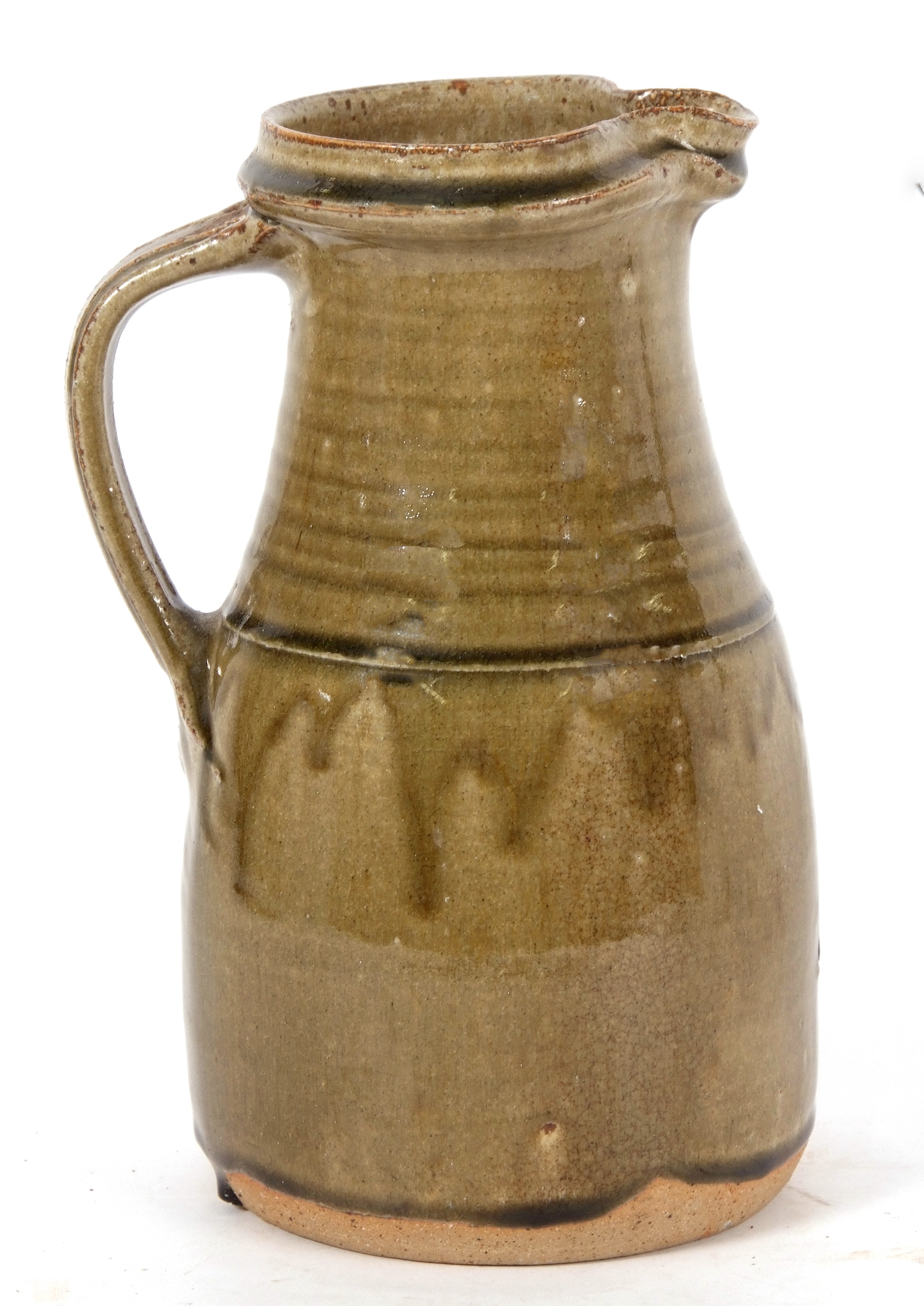

16/03/2023 General News
We are all familiar with the ‘big name’ ceramics manufacturers in this country, from Royal Worcester to Wedgwood (not to mention Lowestoft), but Britain is also notable for a fine tradition of ‘studio potters’ – artists or artisans working alone or in small groups, producing unique items in small quantities, typically undertaking all the stages of production themselves, from design to firing.
Studio pottery generally includes functional pieces such as plates, mugs and jugs, as well as purely decorative pieces such as vases and sculpture.
Because the work is more artisan than fine art – although that is not a hard-and-fast rule – the pieces are regarded as less ‘fine’ than porcelain from the big factories. But that does not mean they are not sought-after in the saleroom, especially work by the leading studio potters.
One of these was Richard Batterham, who up until his death in 2021 aged 85 was one of the finest exponents of thrown stoneware pottery.
Born in Woking, Batterham’s family moved to Dorset during the war, and he first started making pots at the age of just 13 at his school in the village of Durweston – where he subsequently set up a studio from which he would produce work for more than six decades.
Batterham completed a two year apprenticeship at the Leach Pottery in St Ives, Cornwall, where he studied under David Leach, son of the great Bernard Leach, regarded as the father of British studio pottery.
Bernard Leach spent most of his 20s working and studying in Japan, and the oriental influence was something which would permeate right through the 20th century studio pottery movement – it can be seen in various aspects of Batterham’s work, too.
Batterham could be called the purest of studio potters. He was obsessive about undertaking every aspect of production, including making his own stoneware clay bodies, and using an archaic kick-wheel. He eschewed ornate decoration of his pots, preferring instead simple ash and iron glazes in greys and greens.
All of this might sound as if his work would be austere, but instead it has a real beauty which is born of the clay itself. His pieces are similar in appearance, and yet every one is unmistakeably unique; his was an artisan workshop, emphatically not a factory.
It is this singularity which makes his work so collectable, and it is always in demand in the saleroom, driven by the relative rarity that pieces come up for auction.
Shortly after his death, his career was marked by a major retrospective exhibition at the V&A in London, the catalogue to which described him as ‘one of the most revered potters of his time’. His passing marked the end of a pottery tradition stretching right back to the beginning of the 20th century, and inevitably made his work more sought-after in the saleroom.